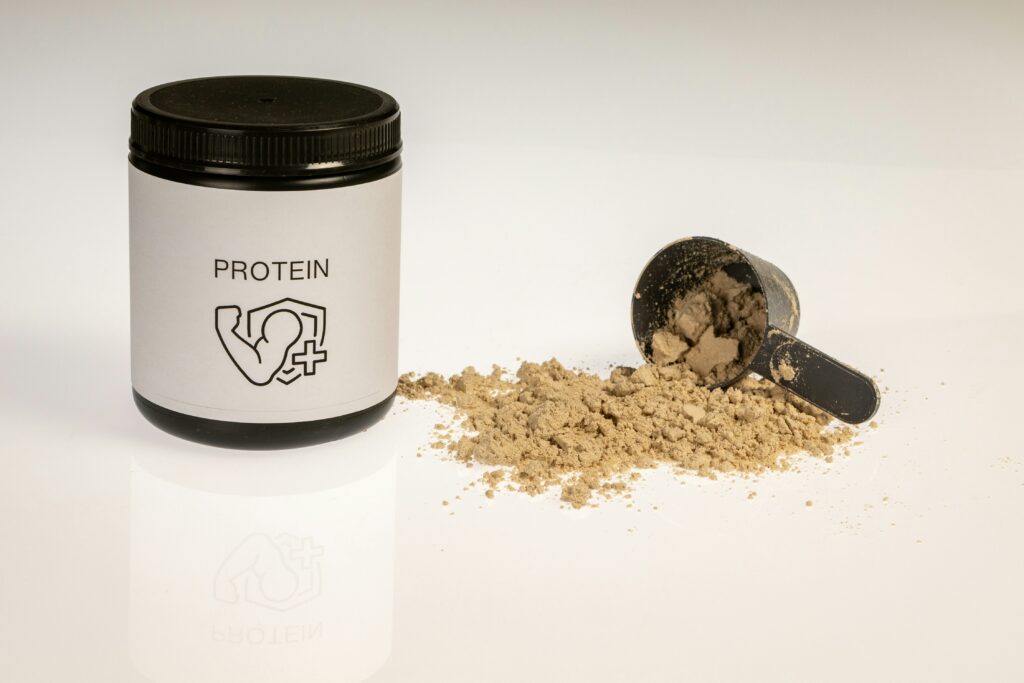Your metabolism changes as you move through perimenopause and postmenopause. Yet it’s often one of the most misunderstood aspects of the menopause transition. Knowing how these hormonal changes affect your metabolism can empower you to make better. You also make more informed decisions about what you eat, how you move, and how you live. That’s why it’s important to better understand the relationship between the two and practice ways to support a healthy, active metabolism.
Understanding the Menopause Transition
Perimenopause typically begins between ages 45 and 55 for most women. Some women report symptoms as early as their mid-30s or as late as their early 60s. Accompanying symptoms, like hot flashes, fatigue, and vaginal dryness, can indicate the start of perimenopause. Once a woman goes without a period for twelve months, she’s passed through menopause and enters postmenopause. While all women with a uterus go through menopause, its symptoms affect the whole body—including your metabolism.
What is metabolism?
Metabolism refers to all the chemical reactions that keep your body functioning, such as breaking down the food you eat into energy and building or repairing cells. For example, your blood pressure and blood sugar levels are key indicators of how well your metabolism is functioning.
To carry out metabolic processes, your body needs sufficient calories: energy from food your body can use and store. A slower metabolism, for instance, indicates fewer calories burned, while a faster metabolism burns more calories.

Some believe your metabolism only determines how fast or slow you burn calories. However, metabolic processes are much more complex and involve multiple factors, such as muscle mass, fat distribution, and hormone levels.
How does metabolism change during the menopause transition?
As you age, your metabolism naturally slows. This is partly due to a decrease in muscle mass. Muscle tissue is metabolically active, which means it burns more calories than fat. Less muscle mass means you burn fewer calories, which can contribute to an increase in fat.
During menopause, this metabolic change is exacerbated by a decline in estrogen, which plays a crucial role in helping regulate your body weight and fat distribution. Premenopausal women tend to store more fat on their hips and thighs, but during perimenopause, it begins to shift to the abdomen, for example.
So, during the menopause transition, your body tends to store more fat and lose muscle mass as estrogen declines—even if your diet and activity level remain the same. This change can affect your weight and increase your risk of metabolic syndrome, a group of conditions that include increased blood pressure, high blood sugar, and excess body fat around the waist, as well as other metabolic disorders like type 2 diabetes and heart disease.
How to Boost Your Metabolism During the Menopause Transition
Increasing your protein intake can help counteract muscle loss associated with the menopause transition. Your body needs protein for muscle repair and growth, and it can also help you feel fuller longer, which can help you maintain a stable weight.
Understand the Protein Leverage Effect
If you do not eat enough protein, your body will try to make up the difference by prompting you to consume extra calories. This is your body’s way of telling you to eat more protein, also known as the protein leverage effect. That’s why, during perimenopause and postmenopause, it’s essential to consume sufficient amounts of protein to avoid eating unnecessary calories that can get stored as excess fat.
To combat this effect, make sure your meals include at least [30g] of protein. Fish, chicken, turkey, and other sources of lean protein are considered especially beneficial. Prioritizing whole foods like fruits and vegetables and healthy fats can also help you maintain a more active metabolism.
Consider a High-Quality Protein Powder

You might also add a quality protein powder to your diet for an easy and effective way to boost your protein intake. Keep an eye out for options that are low in sugar and free from artificial additives. Whey protein, in particular, is more easily digested by the body and delivers amino acids (muscle-building elements of protein) quicker to your muscles than other types of protein powders.
Incorporate Weight-Bearing Exercises
Exercises that increase your heart rate and build muscle mass are best for maintaining a healthy, active metabolism. Most studies on exercise during menopause focus on the benefits of strength training, which may be most beneficial in helping to lessen the risk for metabolic disorders postmenopause. Aim for a combination of aerobic activities like walking or swimming and strength training exercises such as weight lifting or resistance training at least 150 minutes per week.
Prioritize Sleep and Stress Relief
Poor sleep can disrupt your metabolism and increase your risk of weight gain, and chronic stress can contribute to hormonal imbalances that affect your metabolism. Doing your best to get enough sleep per night (at least seven hours) and managing your stress can also help keep your metabolism in check as you navigate menopause. Adding a yoga, meditation, or deep breathing practice to your day can help you better manage stress and improve your sleep quality.
Keep in mind each woman’s experience with menopause is unique, so it’s important to listen to your body and identify what works best for you. You can also make an appointment with a healthcare provider to ask individual questions about your health history and what may benefit you most during the menopause transition.
